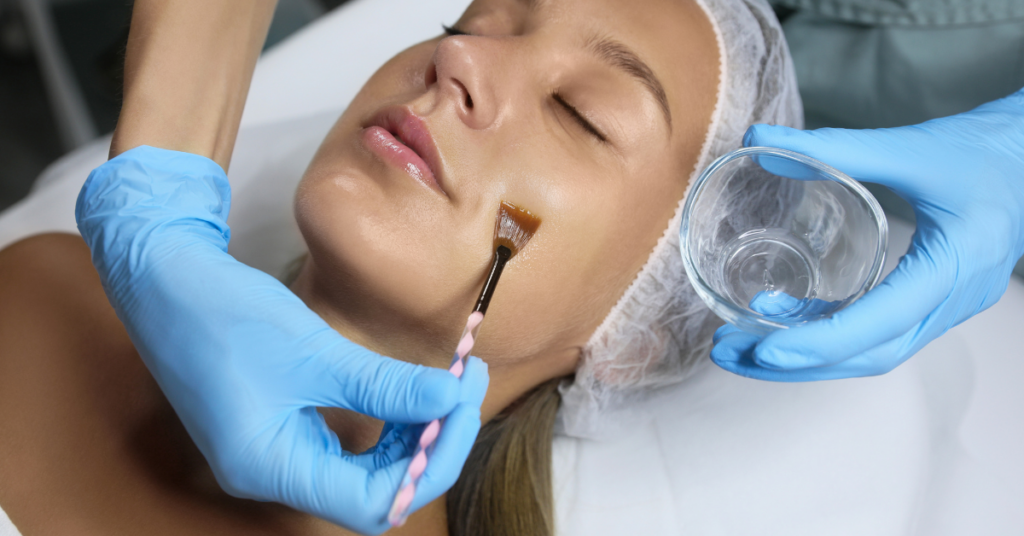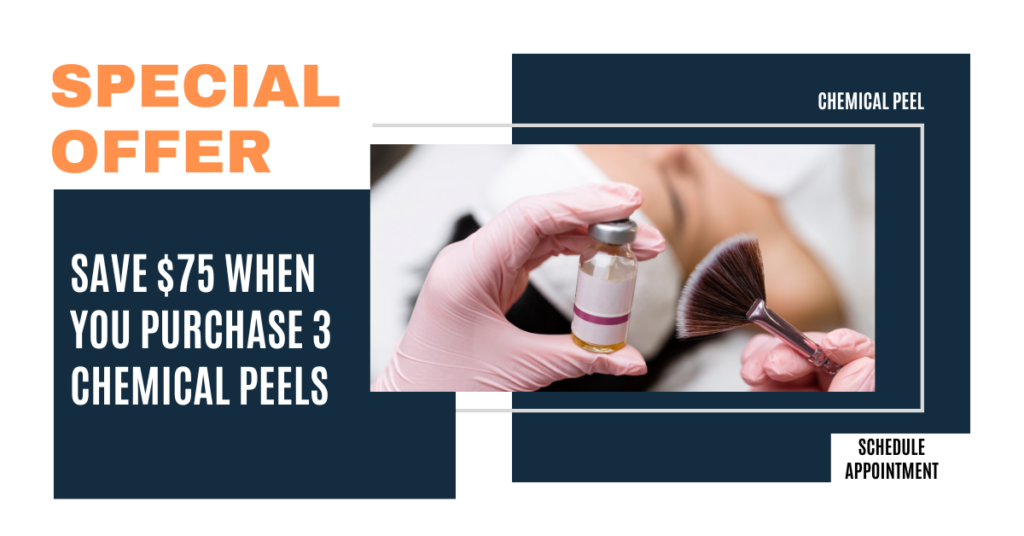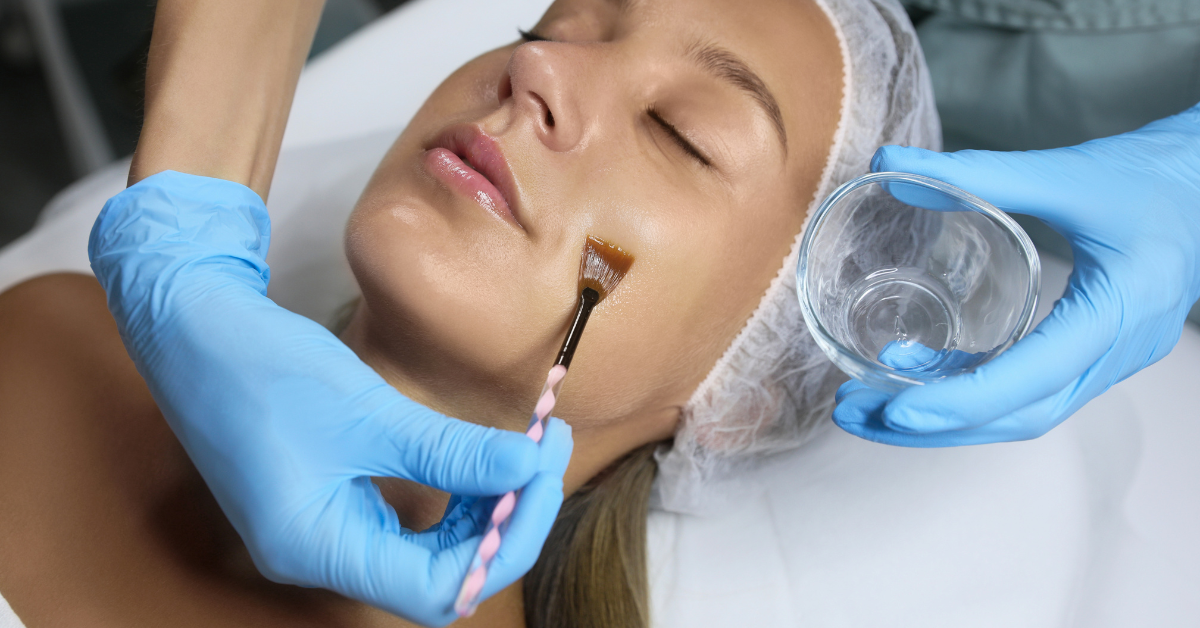Caring for Your Skin After a Facial

After getting a facial treatment at Serenity Health Care Center in Milwaukee, it’s essential to continue pampering your skin with proper post-treatment care. Whether you’ve received a deep cleansing facial, hydrating facial, or specialized treatment, taking care of your skin afterward can help maintain its radiant glow and prolong the benefits of the facial. In this article, we’ll explore some essential tips for caring for your skin after a facial to ensure it remains healthy, hydrated, and glowing.
Gentle Cleansing:
After a facial, your skin may feel refreshed and rejuvenated, but it’s essential to continue practicing gentle skincare habits. Cleanse your skin with a mild, non-abrasive cleanser to remove any residual product, dirt, or impurities without stripping away its natural oils. Avoid using harsh exfoliants or scrubbing vigorously, as this can irritate the skin, especially if it’s sensitive after the treatment.
Sun Protection:
Protecting your skin from the sun’s harmful UV rays is crucial, especially after a facial treatment. Exposure to sunlight can lead to premature aging, hyperpigmentation, and damage to the skin barrier. Apply a broad-spectrum sunscreen with SPF 30 or higher daily, even if you’re indoors or it’s cloudy outside. Reapply sunscreen every two hours, especially if you’ll be spending extended periods outdoors.
Avoid Heavy Makeup:
Give your skin a chance to breathe and recover by avoiding heavy makeup in the days following your facial. If possible, opt for lightweight, breathable makeup or go makeup-free to allow your skin to reap the full benefits of the treatment. If you do wear makeup, make sure to remove it thoroughly at the end of the day to prevent clogged pores and breakouts.
The Serenity Health Care Center in Waukesha, Wisconsin may offer a variety of facials tailored to address different skincare needs and concerns. Here are some common types of facials we provide, along with brief descriptions:
Microneedling:
Microneedling is a minimally invasive procedure that involves the use of a specialized device equipped with tiny needles to create controlled micro-injuries in the skin’s surface. These micro-injuries stimulate the production of collagen and elastin, two essential proteins that promote skin firmness, elasticity, and youthfulness. Microneedling can address a variety of skincare concerns, including fine lines, wrinkles, acne scars, uneven texture, and hyperpigmentation.
Chemical Peels:
Chemical peels are cosmetic treatments that involve the application of a chemical solution to the skin to exfoliate the outermost layers. This process stimulates cell turnover, encourages collagen production, and helps address a variety of skincare concerns, including fine lines, wrinkles, acne scars, uneven skin tone, and hyperpigmentation.
Dermaplane Facial:
A dermaplane facial is a rejuvenating skincare treatment that combines manual exfoliation with the removal of fine facial hair using a sterile surgical scalpel. This gentle yet effective procedure targets dull, rough skin, revealing a smoother, more radiant complexion underneath. Dermaplaning also enhances the penetration of skincare products, allowing them to be more effective.
Here are some things to avoid after a facial:
- Touching Your Face: Avoid touching or rubbing your face unnecessarily, as this can transfer bacteria from your hands to your freshly cleansed skin and potentially cause irritation or breakouts.
- Using Harsh Skincare Products: Skip using harsh or abrasive skincare products, such as exfoliating scrubs, retinoids, or products containing alpha or beta hydroxy acids, immediately after a facial. Your skin may be more sensitive post-treatment, so opt for gentle, hydrating skincare products instead.
- Steam Rooms or Saunas: Avoid steam rooms, saunas, hot tubs, or other activities that involve prolonged exposure to heat or steam for at least 24 to 48 hours after a facial. Heat and steam can exacerbate redness and inflammation and may cause discomfort or irritation to freshly treated skin.
- Picking or Squeezing Pimples: Resist the urge to pick, squeeze, or scratch at any pimples or blemishes that may appear after a facial treatment. Picking at your skin can lead to scarring, infection, and further irritation, so it’s best to leave any extractions to your esthetician during your facial treatment.
By following these post-facial care guidelines, you can help ensure that your skin remains healthy, balanced, and radiant after your facial treatment. If you have any specific concerns or questions about your post-facial care routine, don’t hesitate to consult with our esthetician Joanna for personalized advice and recommendations.

